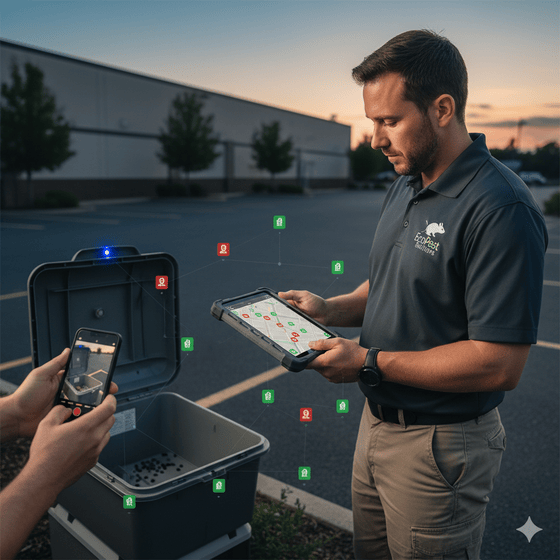Vendor Pre-Sale Building & Timber Pest Inspection Agreement
Secure clarity with a Vendor Pre-Sale Building & Timber Inspection Agreement
Vendor Pre-Sale Building & Timber Pest Inspection Agreement Agreement
Agreement Name:
Vendor Pre-Sale Building & Timber Pest Inspection Agreement
Who is a Vendor Pre-Sale Building & Timber Pest Inspection Agreement Intended for?
This agreement is intended for property sellers, such as real estate agents or homeowners, who are planning to list their property for sale and want to provide potential buyers with a comprehensive report on the structural integrity of the building and a timber pest assessment.
What is a Vendor Pre-Sale Building & Timber Pest Inspection Agreement?
The Vendor Pre-Sale Building & Timber Inspection Agreement outlines the scope and details of a building and timber pest inspection that a pest control technician will conduct before a property is listed for sale. It ensures clear communication and agreement between both parties regarding what will be inspected, how the inspection will be performed, and the associated costs.

How would a pest control technician promote a Vendor Pre-Sale Building & Timber Pest Inspection Agreement?
A pest control technician could promote the Vendor Pre-Sale Building & Timber Pest Inspection Agreement as an essential tool for property sellers. It guarantees a thorough building and timber pest inspection, clarifying all the agreed-upon details beforehand.
This way, sellers can address any issues before listing their property for sale, and technicians ensure their services are transparent and comprehensive.
What is included in a Vendor Pre-Sale Building & Timber Pest Inspection Agreement?
The Vendor Pre-Sale Building & Timber Pest Inspection Agreement includes the following sections:
- Agreement: This section outlines the terms of the agreement between the client and the inspection provider.
- Purpose of Inspection: This section clarifies the reason for the inspection, which is to provide a detailed analysis of the building's structural soundness and a timber pest assessment.
- Scope of Inspection: Here, the areas that will be inspected and the methods to be used are specified.
- Accessibility and Limitations: This section lists the areas that were inspected and any areas that were not accessible or were not inspected for other reasons.
- Limitations of Inspection: This section explains any limitations of the inspection, such as areas that were not accessible or conditions that could not be assessed.
- Exclusions: This section specifies any aspects that are not included in the inspection, such as areas not visible or accessible, or issues outside the scope of the inspection.
- Disclaimers and Recommendations: This section includes any disclaimers about the inspection or report, as well as any recommendations for further inspections or actions based on the findings.
- Price, Invoice and Payment: This section provides information about the cost of the inspection, the invoicing process, and payment terms.
- Risk, Indemnity and Liability: This section outlines the risks associated with the inspection, the client's indemnity obligations, and the inspection provider's liability.
- Complaints: The process for making a complaint about the inspection or report.
- General Provisions: This part includes any additional terms and conditions or information about the inspection service.
- Definitions: This section provides definitions for any technical terms or jargon used in the agreement.



















